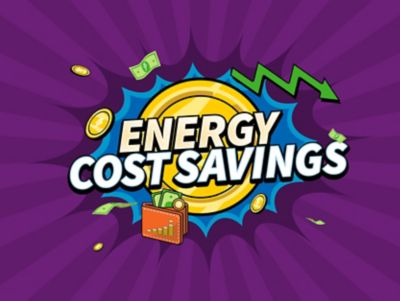Oxidation Fast and Slow: What’s the Difference?
Oxidation is a chemical reaction that occurs when oxygen interacts with other substances, leading to changes in their composition. This process can happen quickly or slowly, depending on various factors. In this article, we'll explore the differences between fast and slow oxidation, providing examples and explaining the role of nitrogen in preventing oxidation.
What is oxidation?
Oxidation is a chemical reaction where a substance loses electrons, often reacting with oxygen. This reaction can cause significant changes in the substance, such as rusting in metals or the burning of fuels. Understanding oxidation is crucial for industries that need to manage or prevent this process.
Fast oxidation
Fast oxidation, also known as rapid oxidation, occurs quickly and usually releases a large amount of energy in the form of heat and light. Combustion is a prime example of fast oxidation, where materials like wood or fuel burn in the presence of oxygen.
Examples of fast oxidation
Airplane Tire Inflation: Airplane tires are filled with nitrogen to reduce the risk of oxidation, which could lead to tire failure.
Nitrogen in Fire Suppression: Nitrogen prevents combustion by displacing oxygen, effectively suppressing fires.
Feel like you're constantly "putting out fires" in your role? Just like nitrogen enhances safety in fire suppression, it can also boost efficiency and safety across your operations. Discover how nitrogen generators can support your needs on our Nitrogen Generators page.
Slow oxidation
Slow oxidation, on the other hand, happens gradually and does not produce significant heat or light. Corrosion is a typical example of slow oxidation, where metals like iron slowly react with oxygen and water to form rust.
Examples of Slow Oxidation
Corrosion (Slow Oxidation): Corrosion occurs over time, degrading metals and other materials.
- Nitrogen in Food Packaging: Nitrogen is used to prevent oxidation in food packaging, which helps extend food products' shelf life.
- Corrosion in Compressed Air Systems: Corrosion in compressed air systems can be caused by higher temperatures and moisture, leading to system failures.
Facing problems with condensation in your compressor? Learn more about Air Treatment.
Curious about how nitrogen can benefit various applications beyond packaging? Visit our Food and Beverage page.
Given the above, it stands to reason that no matter the shape, oxidation is something that should be avoided or, at the very least, managed. This is where nitrogen comes into the picture.
The Role of Nitrogen in Combustion and Corrosion
Nitrogen is a clean, dry, and inert gas, its properties make it extremely useful for controlling oxidation, as it removes oxygen from a product or process. By displacing oxygen, nitrogen can slow down or stop oxidation processes, making it essential in various industrial applications such as chemical, marine, electronics, food and beverage, packaging, and more applications.
Using nitrogen in various applications helps to:
- prevent the oxidation of materials,
- avoid the growth of bacteria,
- and reduce the risk of explosion and combustion.
What is Nitrogen Gas?
Nitrogen gas is a colorless, odorless gas that makes up about 78% of the Earth's atmosphere. It's used in many industries to prevent oxidation and maintain the integrity of products and systems.
For a more detailed explanation, read more about What is Nitrogen Gas.
Learn more in our Ebooks
15 June, 2022
Nitrogen plays a big role in various industrial applications. This e-book on nitrogen generation will help you understand the growing trend of on-site nitrogen generation and how this will benefit your business.
5 June, 2022
In this guide you will learn everything you need to know on air treatment. From different types of contaminants to knowing your air quality requirements; this guide covers all important air treatment topics.
3 November, 2023
Taste, quality, and safety are the constant in the food and beverage industry, but there's a fundamental yet overlooked ingredient: compressed air. In this eBook, we will focus on compressed air and nitrogen solutions for the food and beverage industry.


